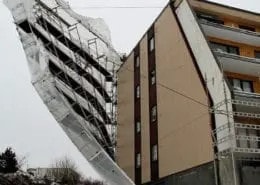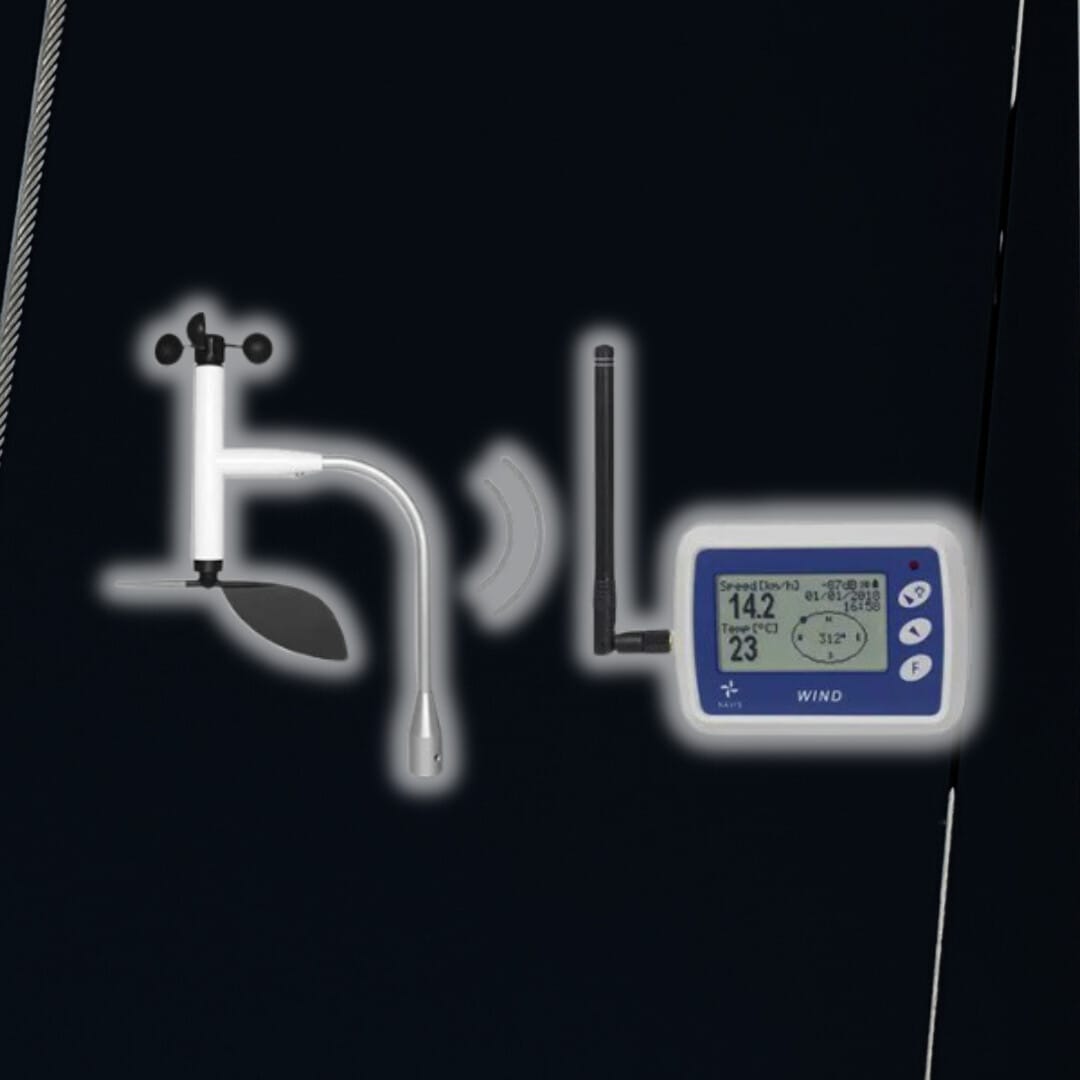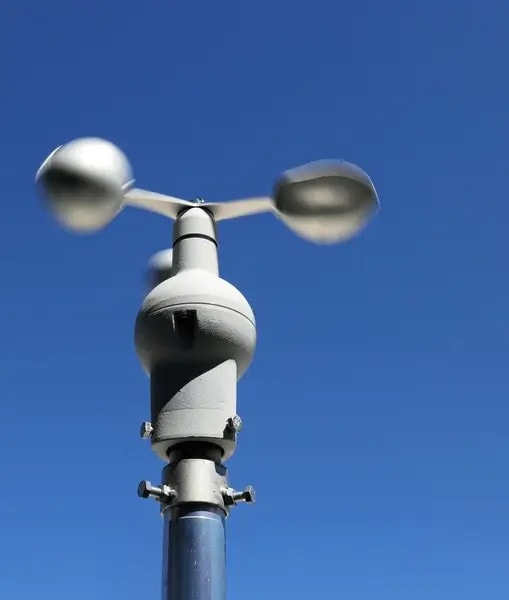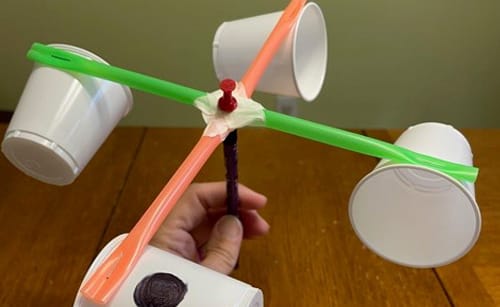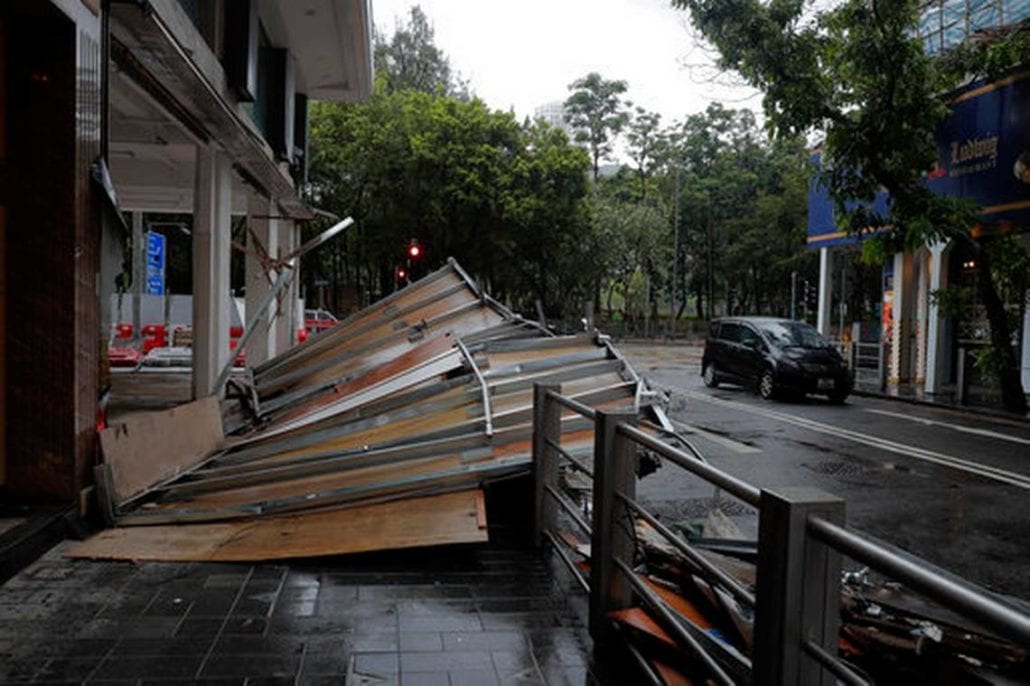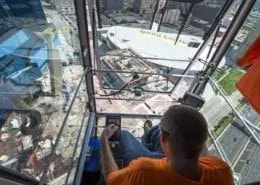DEALING WITH DOWNTIME DISPUTES IN THE CONSTRUCTION INDUSTRY
Anybody working in the construction industry knows that working at height is one of the most dangerous activities with statistics showing that most cases of fatal injury or severe injury are as a result of a fall from height. Most countries around the world have health and safety legislation designed to make working as safe as is possible and the regulations will usually involve carrying out a risk assessment before any work at height is undertaken. Working at height can be carried out on ladders, scaffolding, cherry-pickers and MEWPs (mobile elevated work platforms). Manufacturers of these types of equipment will provide guidelines on how the equipment should be assembled and used in order to ensure the safety of personnel using the equipment and it’s vital that these guidelines are adhered to at all times.
In most countries, the responsibility for the health and safety of the workforce lies with the building owner or site manager and it’s their responsibility to carry out a risk assessment before deploying both staff and equipment. When it comes to working at height, one of the vital issues to take into consideration is wind speed – working at height in high winds presents particular dangers which must be avoided or managed to ensure safety.
There are times when work at height will need to be stopped due to high winds and making that’s always a difficult call for the decision maker who needs to balance the need for ensuring the safety of the workforce with the need to bring a project in on time and on budget. This means that the decision maker needs to be armed with accurate and up to date information on the weather at all times.
Using anemometers and wind speed recording software is the most effective method of providing this vital information. The best way of delivering this information to the decision maker is via GSM technology as it’s the most secure and reliable mobile communication method currently available. Because weather conditions are so changeable and the wind speed at ground level may differ radically from the wind speed at heights, an alert system is also vital to ensure safety on site. A system that will deliver instant alerts when wind speeds reach a certain level is an essential component of any wind measuring equipment nowadays.
Wind and weather conditions are totally out of our control and this often leads to costly downtime delays in building projects which may then be disputed. This means that project owners or project managers will require a wind monitoring system that provides a historical log of accurate data that can be used to demonstrate that decisions taken were correct. The data needs to be easily accessible in a format that can be presented during downtime disputes in order to give a full and accurate picture of what was happening with the weather at any particular time.
Making the right decision on whether or not to stop work can be stressful as it has such huge financial implications. However, keeping the workforce safe overrides the need to ensure that a project comes in on time and within budget.



